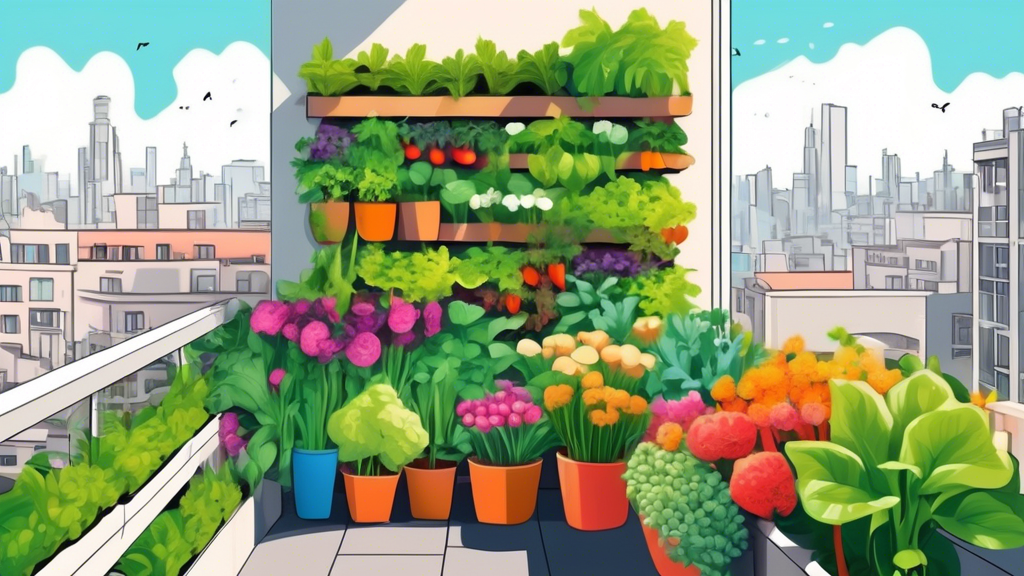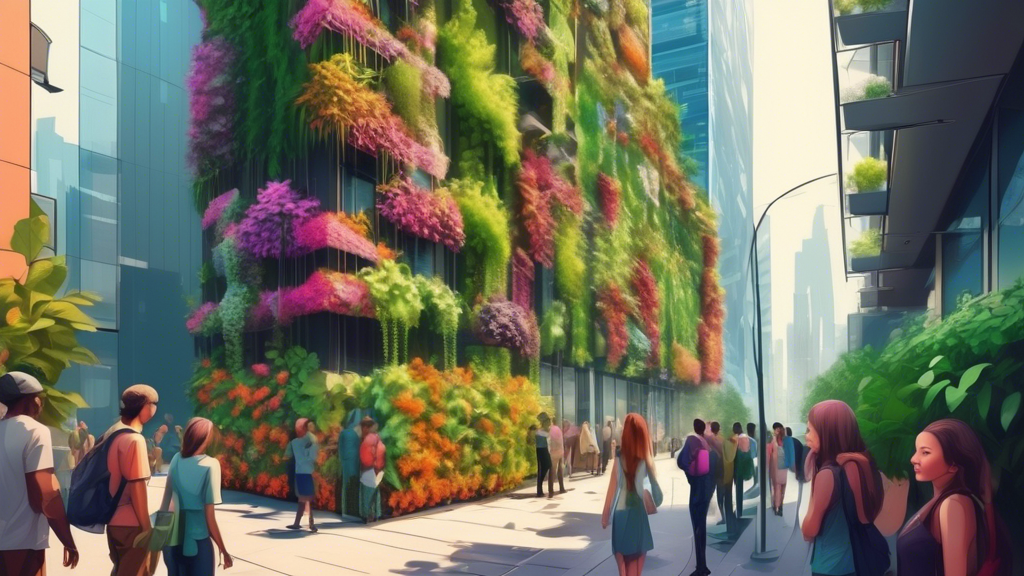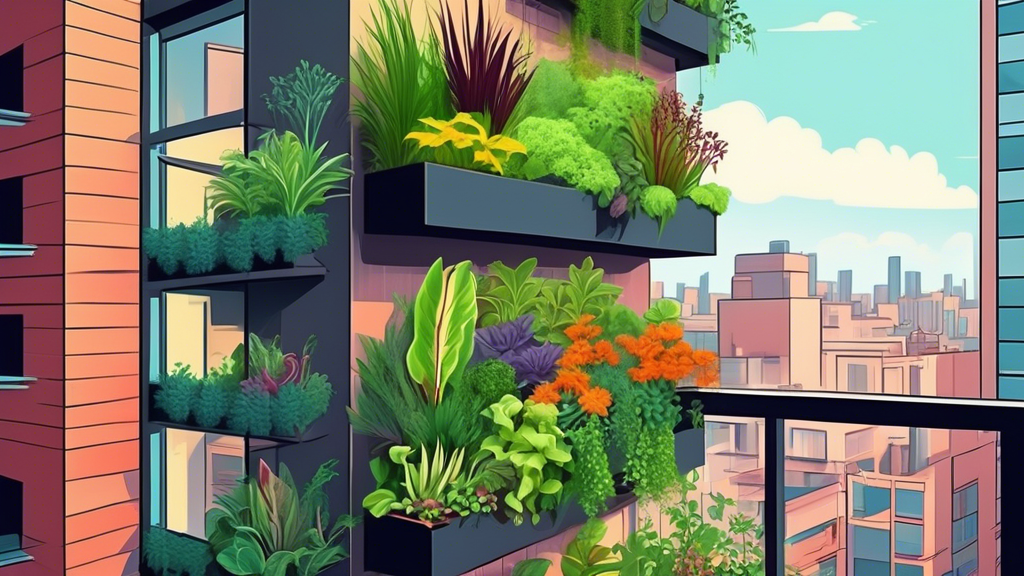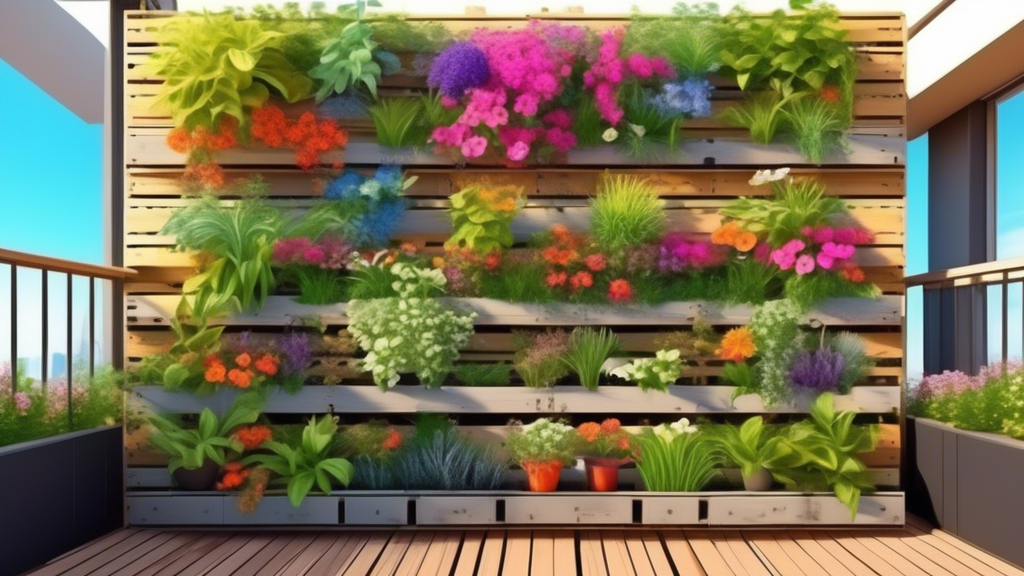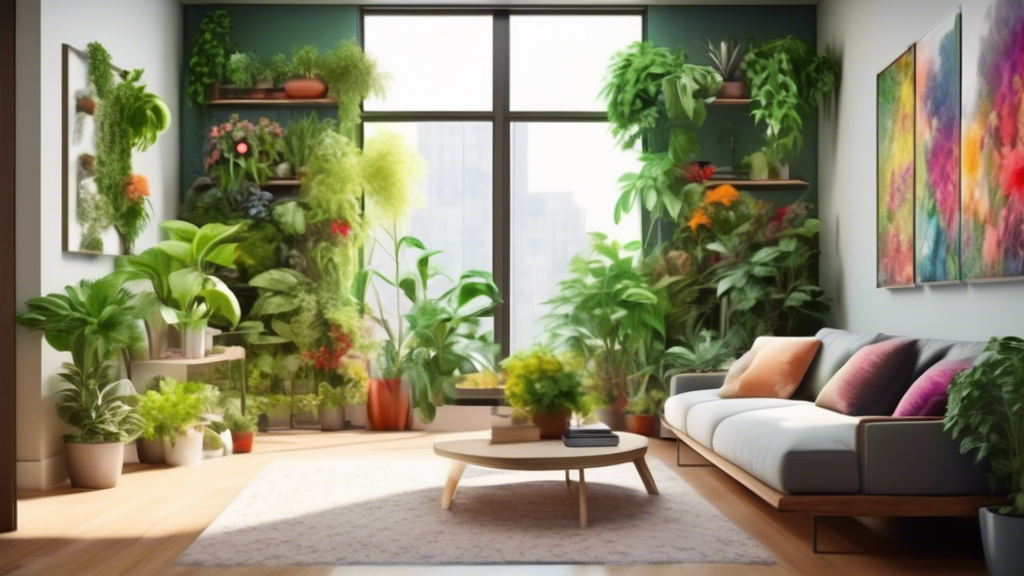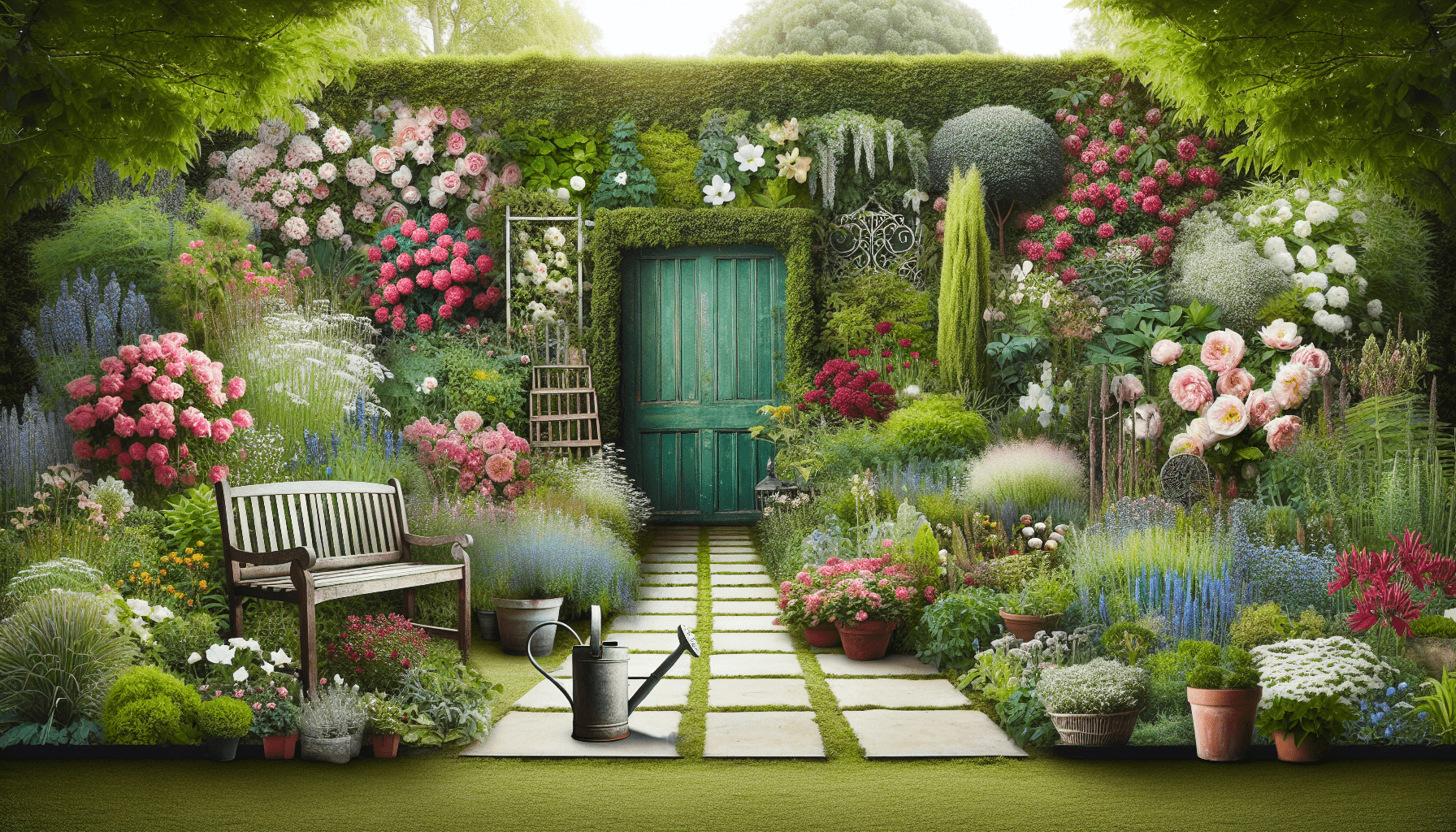
The Foundation of a Thriving Garden: Start With a Plan
Why “Winging It” is the #1 Mistake Gardeners Make
Many enthusiastic gardeners dive in by purchasing whatever looks pretty at the nursery, only to find themselves with a chaotic layout, plants that struggle to survive, and a constant, frustrating battle against pests and weeds. This approach often leads to wasted money and time. A thoughtful plan, created before you ever put a plant in the ground, is your most powerful tool for saving both resources and your sanity in the long run.
Your Secret Weapon: Conducting a Site Analysis
Going beyond the basic “sunny spot” or “shady corner” can unlock your garden’s true potential. A detailed site analysis involves mapping how the sun travels across your space at different times of the day and, crucially, in different seasons. A spot that’s sunny in summer might be deeply shaded in winter by a nearby evergreen. Don’t forget to assess wind patterns—a windy corridor can dry out soil and damage plants. Here’s a simple way to get started:
| Factor to Analyze | What to Look For | Simple Method |
|---|---|---|
| Sunlight | Hours of direct sun, morning vs. afternoon sun, seasonal changes | Observe and note sun patterns over a full day in different seasons. |
| Soil Type | Texture (clay, sand, loam), drainage, pH level | Perform a jar test for texture and a DIY vinegar/baking soda test for pH. |
| Microclimates | Pockets that are warmer, cooler, wetter, or drier than the rest of the yard | Look for areas near walls, downspouts, or low spots that collect frost. |
Designing Your Garden Layout: Form Meets Function
Defining Your Garden’s Purpose and Style
A common frustration is ending up with a beautiful garden that doesn’t actually suit your lifestyle. Before choosing a single plant, ask yourself: Is this space for lively outdoor dinners, a quiet meditative retreat, a productive vegetable patch, or a habitat for butterflies and bees? Your answer will directly inform the style—be it a lush cottage garden, a sleek modern layout, or a water-wise xeriscape.
The Golden Rule of Garden Design: Right Plant, Right Place
How often have you seen a shrub planted under a window that soon grows tall enough to block the view? This classic mistake stems from not considering a plant’s mature size. Always research the full height and spread of a plant before purchasing. Furthermore, group plants with similar needs for water and sunlight together, a practice known as hydrozoning, which simplifies maintenance and conserves water.
Pro Tip: Sketch Your Master Plan
You don’t need to be an artist to create a useful garden sketch. A simple bird’s-eye-view drawing of your space can help you visualize the final result. Include all fixed elements like paths, patios, fences, and taps. A little-known trick is to use a garden hose or rope to lay out the curves of a new flower bed on the ground before you finalize it on paper. This allows you to see the shape from inside your house and make adjustments easily.
Plant Selection & Seasonal Strategy
Creating Four-Season Interest
Avoid the letdown of a garden that only shines for a few weeks in spring. Plan for a succession of interest throughout the year. This means selecting plants not just for flowers, but for winter structure (think the red stems of a Dogwood shrub), vibrant fall foliage, and the architectural seed heads of plants like coneflowers that provide food for birds in winter.
The “Thriller, Filler, Spiller” Method for Containers and Beds
This is a professional designer’s secret for creating stunning, balanced compositions that anyone can use. The formula is simple: choose a tall, dramatic “Thriller” plant (e.g., a grass like Pennisetum), mid-height “Filler” plants to add bulk and color (e.g., Geraniums), and trailing “Spiller” plants to soften the edges (e.g., Creeping Jenny). This trio creates instant depth and visual appeal.
Native Plants: The Expert’s Choice for a Low-Maintenance Ecosystem
If you’re tired of constantly battling pests and diseases, native plants are your answer. Because they have co-evolved with your local insects and climate, they are remarkably resilient, require less water once established, and provide crucial food and habitat for pollinators like native bees and butterflies, creating a healthier, self-regulating garden ecosystem.
Common Garden Planning Pitfalls (And How to Avoid Them)
Overcrowding vs. Underplanting
It’s tempting to pack plants in for an instant “full” look, but this leads to competition for light, water, and nutrients, and can encourage disease. On the other hand, underplanting can look sparse and allow weeds to flourish. A clever solution is to use fast-growing annuals as temporary fillers between slower-growing perennials. They provide color and cover while you wait for the main plants to mature.
Ignoring Maintenance Realities
Be honest about the time you can dedicate to gardening. If your weekends are busy, avoid high-maintenance plants like hybrid tea roses that require frequent pruning and spraying. Instead, opt for robust, low-care perennials like Sedum, Nepeta, or ornamental grasses that look good with minimal intervention.
Forgetting the “Up” and “Down”
Most gardeners plan in two dimensions, but a truly captivating garden engages all three. Incorporate vertical elements to draw the eye upward—this could be an obelisk for a climbing clematis, the graceful arch of a small tree, or the tall, wispy seed heads of Verbena bonariensis. Don’t forget the “down” by using groundcovers to carpet the soil, which adds a lush layer and naturally suppresses weeds.
Garden Planning FAQs
How do I start a garden plan from scratch?
Begin with a thorough site analysis to understand your sun, soil, and space. Next, define your garden’s primary purpose and desired style. Then, create a rough sketch of your layout, and finally, select plants that fit the conditions and your design vision.
What are the best plants for a beginner gardener?
For almost guaranteed success, start with tough, adaptable, and fast-growing plants. Sun-loving Zinnias and Marigolds provide quick, vibrant color from seed. For foliage, Sedum is incredibly drought-tolerant, and herbs like Rosemary are both useful and resilient.
How can I make a small garden look bigger?
Use design illusions to create a sense of depth. Layering plants—placing shorter ones in front and taller in back—is key. Using diagonal lines for paths, placing a focal point (like a bench or striking plant) at the far end, and avoiding solid boundaries can all make a space feel larger than it is.
When is the best time to start planning my garden?
The ideal time to plan is the season *before* you plant. Winter is perfect for planning a spring garden. This gives you ample time to research, order seeds, and prepare the soil, so you’re ready to go when the optimal planting window arrives.
Your Next Step: Putting Your Plan Into Action
The journey to a beautiful, rewarding garden begins not with a shovel, but with a plan. By taking the time to understand your space, define your goals, and choose your plants wisely, you are mastering the most critical skill in gardening. Your vision for a beautiful outdoor space is entirely achievable. Grab a notebook, head outside, and start your site analysis today.
